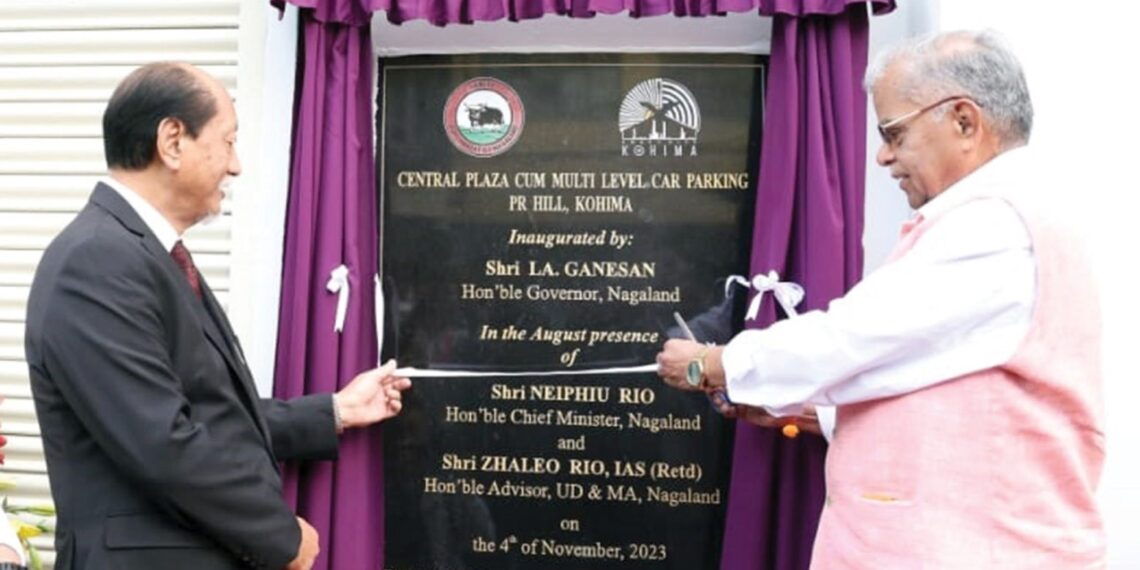KOHIMA: Nagaland has emerged as a leader in a rather unusual category in the Northeast- the number of vehicles per population.
In his speech during the inauguration of one of the two Multi-Level Car Parking (MLCP) facilities in Kohima on Saturday, Chief Minister Rio said that the state holds the highest record for vehicles in the Northeast on population-car ratio.
Revealing the details, the Chief Minister said that, as of the 2022 records, Nagaland boasts approximately 4,01,696 vehicles, distributed across key cities within the state.
Acknowledging the need for stricter traffic regulations, he was quoted by a local daily, saying that Kohima leads the way with 1,65,791 vehicles, followed by Dimapur with 1,20,938, and Mokokchung with 52,253, he was quoted as saying.
Drawing inspiration from neighbouring Mizoram, which requires individuals to obtain a parking space certificate before purchasing a new vehicle, Rio suggested that Nagaland may soon follow suit.
“A time will come when, even in our city, you will need a parking space certificate to buy a new vehicle,” he said.
Furthermore, Chief Minister Rio stressed the necessity for the Urban Development Department to introduce Building Bye-laws.
These regulations would mandate that those constructing new houses must allocate space for parking, green areas, proper drainage, and toilet facilities, he said.. By doing so, he believes the city can evolve into a smarter and more efficiently planned urban centre.
In his remarks, Chief Minister Rio also expressed the government’s commitment to improving the road infrastructure, with plans to allocate additional funds for enhancing the road from T Khel Model Village to the Indira Gandhi Stadium.
The inauguration of the Multi-Level Car Parking facilities also witnessed the presence of Nagaland Governor La Ganesan, who stated that the inauguration of these multi-level car parkings marks a watershed moment in our city’s infrastructure development journey.
“It is a step in the right direction towards becoming a smart city – a city with smart infrastructure as well as smart citizens,” he said.















